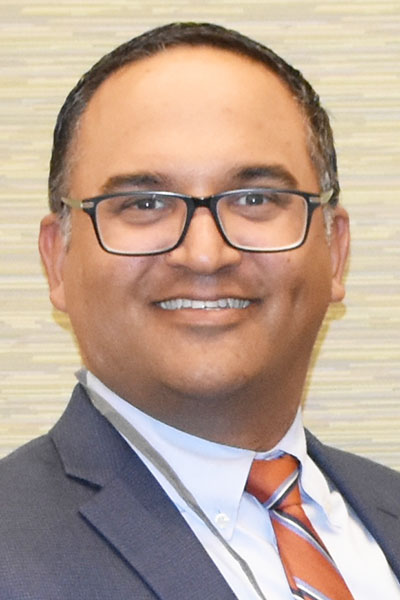When treating pulmonary embolism (PE) and related conditions, physicians may encounter severe complications that lead them to consider surgical intervention.
During CHEST 2024, a panel of experts highlighted the unique benefits and risks involved in several of these procedures in the session, Nasty Clots and Surgical Knots: When Is Surgery an Option for Pulmonary Thromboembolism?
Morbidity and mortality from PE

Session Chair, Timothy A. Morris, MD, FCCP, a Professor of Medicine at the University of California San Diego, opened the discussion by reviewing the morbidity and mortality associated with acute and chronic PE.
Massive pulmonary embolism has a much higher mortality rate than other types of PE, he said. In massive PE, the endocardium of the right ventricle (RV) doesn’t get enough blood flow.
“The way you get into the high-risk PE group is that you have some type of hemodynamic instability,” Dr. Morris said.
Some metrics, including the European Society of Cardiology score, the Pulmonary Embolism Severity Index score, and systolic blood pressure, may help predict high-risk PE before instability occurs. Right atrial flow is another strong and consistent predictor of mortality.
Beyond acute PE, “people have a high mortality after the pulmonary embolism as well,” Dr. Morris said.
VA-ECMO

Mazen Odish, MD, Assistant Professor of Medicine at the University of California San Diego, outlined venoarterial extracorporeal membrane oxygenation (VA-ECMO) for PE.
VA-ECMO rescues a failing RV by reducing preload and increasing mean arterial pressure. It can be initiated anywhere, even during active CPR and before or after intervention. The question of when VA-ECMO should be offered is controversial and center-dependent, Dr. Odish said, as there are no randomized trials.
“The data shows that you should consider VA-ECMO for high-risk PE when you have a rapid deterioration with multiple pressors or high-dose pressors,” he said.
Survival after VA-ECMO for PE varies, but it is usually around 50%. Outcomes are better in younger patients with fewer comorbidities, at experienced ECMO centers, and possibly with post-ECMO intervention.
Some of the complications associated with VA-ECMO include lower-leg ischemia, bleeding, infections, and worsening left ventricle failure.
Right heart thrombus

Richard N. Channick, MD, Professor of Medicine at the University of California Los Angeles, explored several aspects of right heart thrombus (RHT).
Between 2% and 5% of patients with PE who get an echo will be shown to have RHT. While the characteristics of RHT vary, outcomes in patients with RHT are consistently worse than those in PE patients without RHT.
“It’s the pulmonary embolism that may drive the outcomes in patients with RHT,” Dr. Channick said.
Unfortunately, no randomized controlled trials have investigated treatment for RHT. However, the consensus is that something should be done for RHT beyond anticoagulants alone. While there are data supporting thrombolysis, suction thrombectomy, and open embolectomy, it is unknown which is better. Therefore, treatment should involve a multidisciplinary team and be individualized based on cardiopulmonary reserve and the presence of PE, Dr. Channick said.
Pulmonary thromboendarterectomy

Timothy M. Fernandes, MD, MPH, FCCP, Clinical Professor of Medicine at the University of California San Diego, concluded the session by focusing on pulmonary thromboendarterectomy (PTE) for complications other than chronic thromboembolic pulmonary hypertension, such as chronic thromboembolic disease.
“Most of the discussion so far has been about acute pulmonary embolism, but I think it’s important to note that this is a lifelong problem for many patients, and they can have all kinds of problems,” Dr. Fernandes said.
Recovery after acute PE exists on a spectrum from patients who completely resolve their perfusion defects to about a third of patients who have some persistent defects.
Six months after PE, half of the patients will have some degree of dyspnea. Invasive cardio exercise tests can determine if a chronic clot is the cause. If these patients want a chance to get better and improve their functional class, then PTE surgery is safe and effective, Dr. Fernandes said.
“PTE immediately improves compliance in chronic embolic disease and improves the pulmonary vascular resistance sum,” he said.
Join us at CHEST 2025
Save the date for the next Annual Meeting, October 19 to 22, 2025, in Chicago. CHEST 2025 will explore the latest advancements in pulmonary, critical care, and sleep medicine, with a focus on innovation and the future, just as the city itself embodies progress and reinvention.





